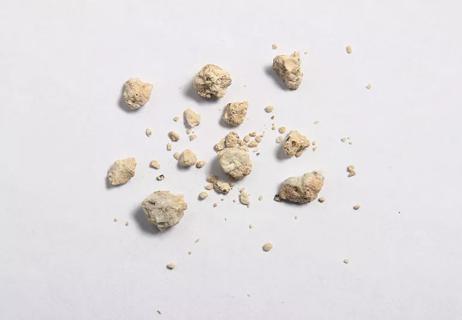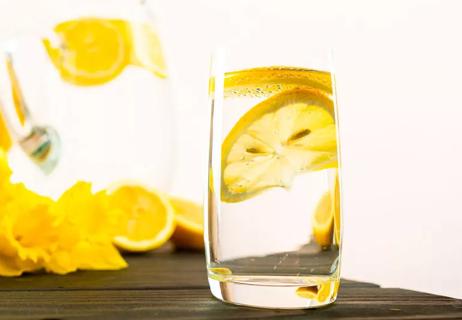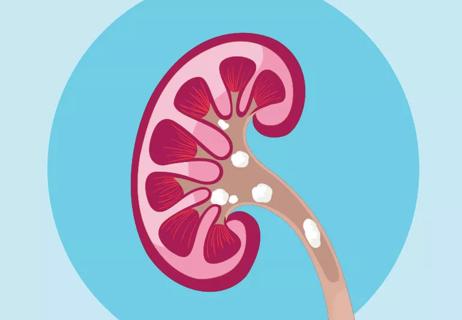An overactive bladder, UTI, kidney stones or an enlarged prostate can affect how you urinate

Do you find it tough to make it through a movie without hitting the bathroom?
Advertisement
Cleveland Clinic is a non-profit academic medical center. Advertising on our site helps support our mission. We do not endorse non-Cleveland Clinic products or services. Policy
Or maybe it’s hard to get the flow started. Is this normal, or is something wrong?
Men and people assigned male at birth (AMAB) can have symptoms of bladder problems that range from mildly annoying (one more pit stop?!) to worrisome (it shouldn’t hurt to pee, should it?).
The key is, if you’re annoyed or worried, you should have a doctor check things out.
Urologist Andrew Altman, MD, explains four common bladder problems in men, along with signs to watch for and what you can do about them.
Men and people AMAB can experience many different symptoms when it comes to their urinary system. Here are the four most common conditions.
If you have an overactive bladder, you may need to urinate more often, with more urgency and may also experience incontinence or leakage — symptoms that can affect the quality of your life.
“Nerve damage, excessive alcohol and caffeine can fuel an overactive bladder, or OAB,” Dr. Altman says.
Certain medications like diuretics and excessive weight can also cause an overactive bladder.
You may have an overactive bladder if you need to use the bathroom frequently, and often urgently.
You may also experience nocturia, which is when you’re getting up to pee more than once during the night.
Advertisement
Having an overactive bladder is very common.
Certain behavioral and lifestyle changes can help, like drinking less alcohol and/or cutting down on caffeine. Foods like chocolate, citrus fruits and juices, tomatoes and tomato-based products, spicy foods, and foods and drinks that contain artificial sweeteners can also affect an overactive bladder.
Other lifestyle changes may include maintaining regular bowels, maintaining a healthy weight and quitting smoking.
In addition to lifestyle changes, your doctor may also recommend bladder retraining, medication or treatments like Botox® injections.
A urinary tract infection (UTI) happens when bacteria enter your urinary tract. These bacteria can cause the lining of your urinary tract to become irritated and can include infection of your urethra, kidneys or bladder.
When you have a UTI, you may notice a burning sensation when you pee, and cloudy or foul-smelling urine. In addition to those symptoms, you may need to urinate more frequently and experience leakage.
You may also feel pain on your side, in your abdomen or in your pelvic area. Fever, fatigue and vomiting are also common symptoms.
Your doctor may run tests like a urinalysis, where your urine is examined for infection, or a urine culture that determines what kind of bacteria is in your urine.
Your doctor likely will treat a UTI with an antibiotic.
As the name suggests, these are stones that form inside of your kidneys.
“You may pass small kidney stones without noticing,” says Dr. Altman. “But larger ones will definitely get your attention.”
Kidney stones affect 1 in 10 people in their lifetime, making it a common condition. Men and people AMAB who are white and in their 30s and 40s are most likely to develop kidney stones.
Kidney stones typically develop when you don’t drink enough liquids, have a family history of kidney stones or have a blockage in your urinary tract.
Also, certain protein-rich foods like meat, fish and beans may cause stone formation. Medical conditions like diabetes, gout and cystic fibrosis and medication like diuretics and calcium-based antacids can also increase your risk.
If you have a kidney stone, you’ll likely notice side pain, bloody urine and nausea. You’ll also feel pain when you urinate and need to urinate more often. Additionally, you may have fever and chills.
Certain lifestyle changes can help, like increasing your water intake, limiting your salt intake and maintaining a healthy weight.
While most stones may pass on their own, your doctor may also recommend medication that can help decrease pain, manage nausea and help relax your ureter so the kidney stone can pass.
Advertisement
Depending on how severe the problem is, your doctor may recommend surgery like a ureteroscopy or shockwave lithotripsy.
Your prostate sits below your bladder and in front of your rectum. This small, walnut-shaped organ not only creates fluids in your semen, but also helps force semen through your urethra when you ejaculate.
More than half of all men and people AMAB in their 60s develop an enlarged prostate, a condition called benign prostatic hyperplasia (BPH). This number increases with age as the prostate gland slowly grows, narrowing the outlet of the bladder.
You’ll notice urgency and more nighttime bathroom trips. As the prostate gets larger, you may see obstructive symptoms like slow flow, difficulty starting the flow and dribbling.
If you haven’t mentioned your symptoms to a doctor, you’re certainly not alone, notes Dr. Altman.
“It’s pretty common, as men get older, to get up at night,” he says. “But men often don’t seek help until they’re making three to four trips to the bathroom each night.”
If symptoms are mild, your doctor may take a wait-and-see approach, says Dr. Altman.
If your symptoms are disruptive, medication can help shrink the prostate or open up the prostate channel to improve flow. When medication doesn’t work, your doctor may recommend a minimally invasive procedure or surgery.
Advertisement
Bloody urine can mean kidney stones. But it also can signal a more serious condition like bladder cancer or prostate cancer.
“Bladder cancer is most common in older men, particularly those with a long history of smoking, or exposure to industrial grease, oil, rubber or heavy metals,” Dr. Altman says.
Blood is typically the only symptom.
If prostate cancer runs in your family, or if you’re African American, you’re at high risk — and should talk with a doctor about PSA testing in your early 50s. If you’re at low risk, ask a doctor about prostate cancer screening after age 54.
“But talk with your doctor even when you’re at low risk,” advises Dr. Altman. “Doctors might not order a test unless you discuss it and arrive at a shared decision.”
Meanwhile, don’t hesitate to discuss any unusual bladder symptoms with your doctor.
“It’s important for any man, as he ages, to see a urologist about all the potential causes of bothersome urinary symptoms,” Dr. Altman states.
It will feel good to finally watch that movie all the way through to the end and sleep peacefully through the night.
Advertisement
Learn more about our editorial process.
Advertisement

Make these lifestyle changes to help prevent kidney stones

Why kidney stones in kids are on the rise (and what to watch for)

Say goodbye to kidney stone pain with these 7 expert diet tips

An expert explains a complicated relationship

With warmer temps and increased physical activity, winter stones can begin to travel

6 tips to lower your risk

Before you run out and buy this specialty underwear, there are treatment options to try first, like pelvic floor therapy and medication

Type 2 diabetes isn’t inevitable with these dietary changes

Applying a hot or cold compress can help with pain